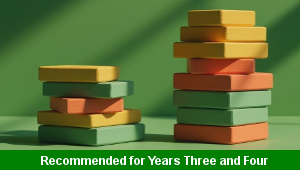Moses

This religious education scheme of work for Key Stage Two gets the children to explore and record the life and achievements of Moses and his impact on the development of Christianity. The class can use drama and art and design to demonstrate their understanding of what happened to Moses and the Hebrews.

Explore and record the life and achievements of Moses from the Old Testament in the Christian Bible and his impact on the development of Christianity

Lesson One : Moses’ Childhood
Practise using drama to explore and present information about the early life and childhood of Moses from verses in the Old Testament

Lesson Two : Ten Plagues
Select and record some dialogue sentences to explain the meaning of events in a story from the Bible about Moses related to the ten plagues that attacked Egypt

Lesson Three : Flight From Egypt
Design and produce artwork to explain the meaning of a story from the Old Testament about when Moses helped the Hebrews escape from Egypt

Lesson Four : Desert Journey
Investigate how to use drama to explore what happened to Moses and the Hebrews following their escape from Egypt into the desert

Lesson Five : Ten Commandments
Identify and record the meaning behind one of the ten commandments that was given to Moses by God when on a mountain in the desert

Lesson Six : School Commandments
Suggest and record a set of rules for pupils in the school to follow based on a story from the Bible about what happened to Moses and the Hebrews
-

English Spelling Assessment
Assess abilities in spelling different vocabulary words based on the National Curriculum programmes of study for Key Stage Two
-

Subtraction Differences
Explain and model some of the informal and formal written calculations skills that can be used to find the difference between pairs of two and three digit numbers
-

Fraction Equivalence
Investigate, compare and record the values of different non-unit fractions using equivalence between their sets of matching numerators and denominators
-

World Wars Poems
Explore and reflect on how poets can use figurative language and verse structures to express themes and ideas about conflicts that have happened in the world
